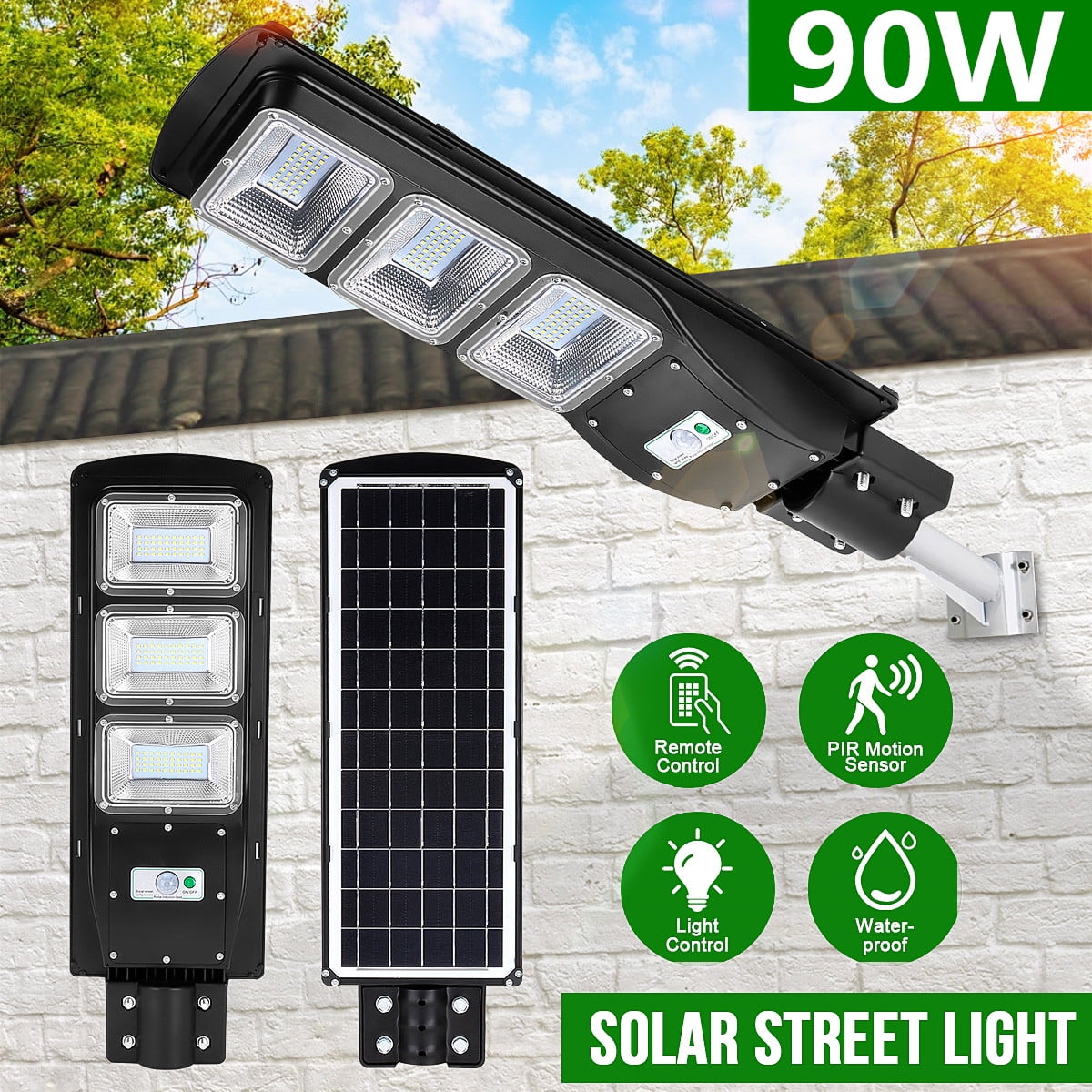
Some also have motion-sensor functionality, illuminating whenever they detect movement nearby. However, some of these lights give you lighting options by providing color-changing modes, different dimnesses, and even on/off switches for when you want a break from the everlasting glow. Plus, they make the ambiance for outdoor entertaining easy. Ultimately, the best outdoor solar light for you will depend on the setup of your space and the amount of room you have for light placement.Ī lot of people love outdoor solar lights because they're set-and-forget solutions that are typically weather-safe and very durable. They can help make your garden look enchanting at all hours. There are also solar lights that have a beautiful glow, but they are meant more for outdoor ambiance than practical illumination. Some also come in the form of string lights or table lanterns, which can be very convenient if you don't have a lot of soft ground to stick a light into. Many outdoor solar lights are pathway stakes or wall-mounted step lights that provide convenient illumination at night to help you and your guests navigate the dark safely. Solar lights come in various formats, so whether your yard is big or small, grassy or completely concrete, there are plenty of creative options out there to get your space glowing. Through our “Buy One, Give One” program for every light or solar charger & battery pack you buy, we will donate one to someone in need.There are a few things to keep in mind as you begin your search for the best outdoor solar lights: We target those that the existing solar market does not - children, women, health clinics, midwives and victims of natural disasters.

Those spaces then transfer the electron stream as direct current of electricity through the wires in the solar cell for use or to a battery where the power is stored until it is needed.

When light passes through the solar cell, it excites the negatively-charged electrons and pushes them into the positively-charged spaces. The solar cell is made up of multiple layers of crystalline silicon and chemicals that create layers of negatively-charged electrons and positively-charged spaces. A photovoltaic panel (also known as solar cell) converts sunlight into electrical energy. Solar energy is produced due to the photovoltaic effect. How is solar energy produced? Let’s look a little more deeply into the science behind solar electricity. Some solar lights made for reading will turn off during daylight hours to preserve the solar charge, but won’t turn on until they are powered on by a user.

Solar lights made for outdoor lighting will often turn on automatically when it gets dark outside. The control electronics are required to move the energy around the system, keep the system safe, and potentially switch on or off your light, depending on the level of light it’s exposed to. They use significantly less energy than other types of lighting, so the solar panel and battery can be smaller (more transportable and less expensive). The advent of the Light Emitting Diode (LED) for the light fixture has drastically reduced the capacity needs of both the solar panels and the batteries. The battery itself may not need to have a large capacity, due to the availability of solar energy, but it should be long lasting to account for difficulties replacing batteries in many places across the globe. The goal of most solar lights is to provide power at night, so they will definitely contain a battery, or be capable of attaching to a battery. The energy can then be used immediately or stored in a battery. When the sun is out, a solar panel takes the light from the sun and produces electrical energy. What are solar lights made of? Solar lights are made up of four main components: the solar photovoltaic (PV) panel, battery, control electronics and the light fixture.


 0 kommentar(er)
0 kommentar(er)
